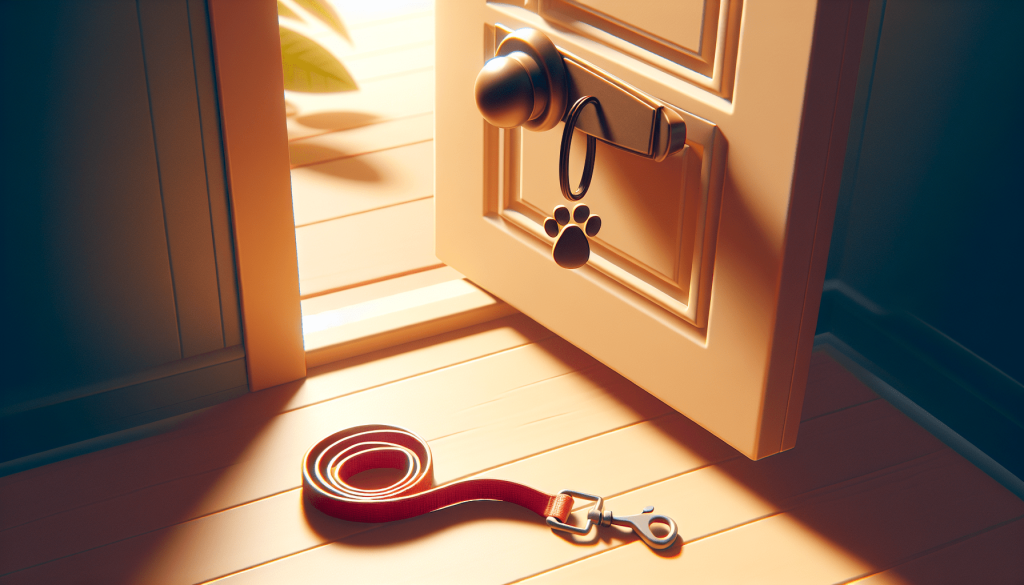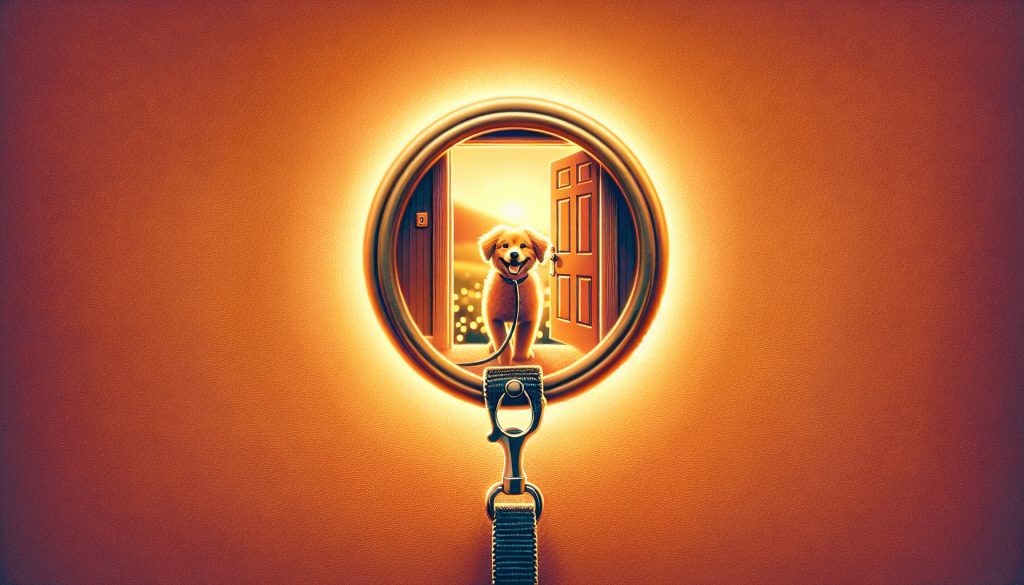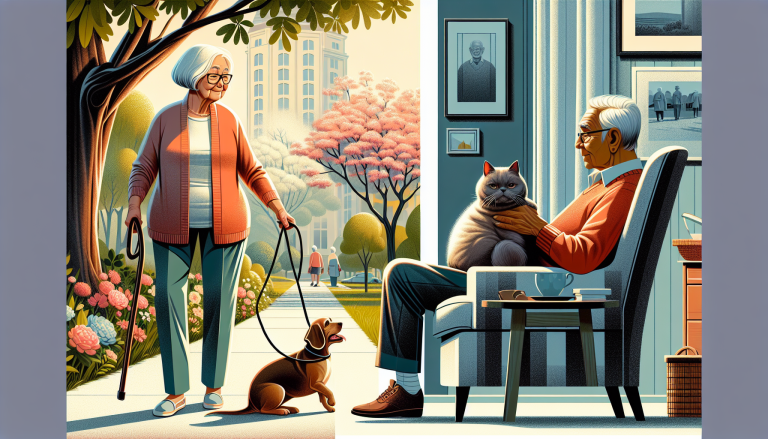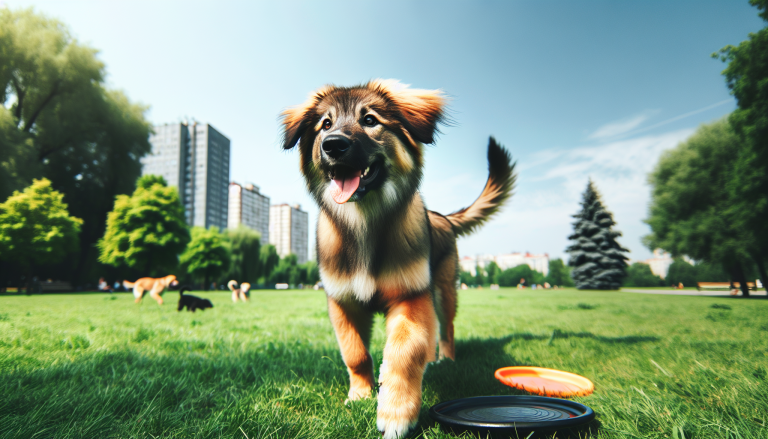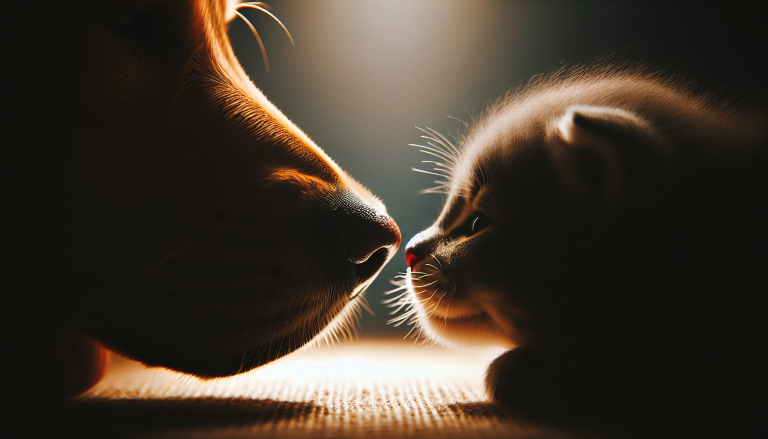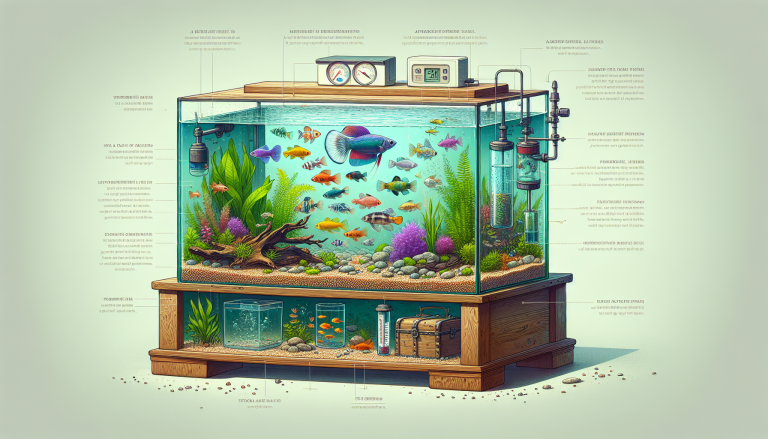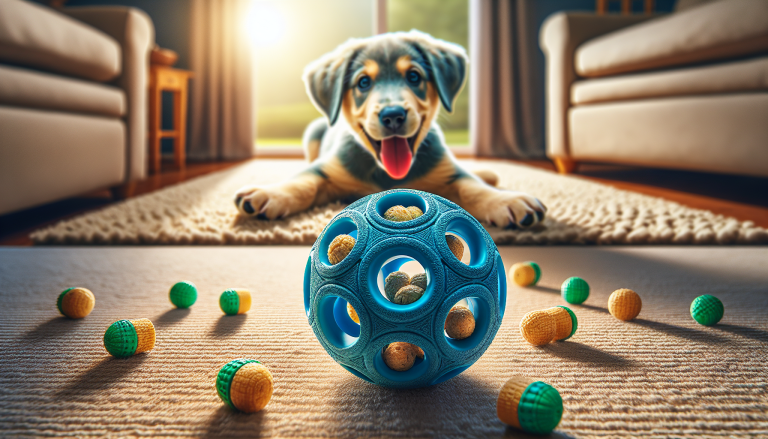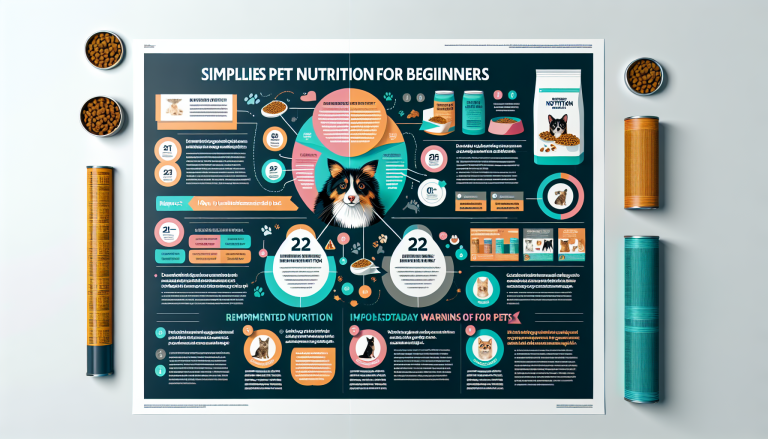Do you have a shy or anxious dog who struggles with socializing? Don’t worry, you’re not alone! Many pet owners face the challenge of helping their furry friends overcome their timidness and anxiety in social situations. In this article, we will explore some of the best methods to help socialize your shy or anxious dog, ensuring they can feel more comfortable and confident in the presence of others. From positive reinforcement to gradual exposure, we’ve got you covered with practical tips and tricks that will make your dog’s socialization journey a breeze. So, let’s dive in and discover how you can transform your furry companion into a social butterfly!
Table of Contents
TogglePositive Reinforcement
Socializing a shy or anxious dog can be a challenging task, but with the right strategies, it is definitely possible to help your furry friend become more confident and comfortable in various social situations. One of the most effective techniques is positive reinforcement, which involves using treats and praise to reward desirable behaviors. By associating socializing with positive experiences, such as receiving treats and praise, your dog will gradually learn to view social interactions in a more positive light.
When you’re introducing your dog to new people or animals, make sure to reward them for calm and confident behavior. This can include sitting patiently, maintaining a relaxed posture, and engaging in friendly interactions. By reinforcing these behaviors, you are teaching your dog that calmness and confidence are desirable and will be rewarded. Over time, your dog will become more comfortable in social situations and will be more likely to display these behaviors naturally.
Gradual Exposure
Another important aspect of socializing a shy or anxious dog is gradual exposure. Forcing your dog into overwhelming situations can actually increase their fear and anxiety, so it’s crucial to start with low-stress environments and gradually increase the level of exposure. This could mean starting with quiet walks in less crowded areas or introducing your dog to one new person or animal at a time.
As your dog becomes more comfortable in these low-stress environments, you can gradually expose them to more challenging situations. For example, you can take them to busier parks or invite more people or animals into their space. It’s essential to allow your dog to adjust to each new level of exposure before moving on to the next. This gradual approach will help build their confidence and reduce their fear and anxiety.
Desensitization Techniques
Desensitization is a technique commonly used to help dogs overcome their fears and anxieties. The goal is to expose the dog to their triggers in controlled settings, starting with a low intensity and gradually increasing it over time. For example, if your dog is fearful of loud noises, you can start by playing recordings of these noises at a very low volume and gradually increase the volume as your dog becomes more comfortable.
During the desensitization process, it’s crucial to reward calm responses from your dog. This can include any behavior that indicates that your dog is relaxed and not exhibiting signs of fear or anxiety. By rewarding these calm responses, you are reinforcing the idea that they have nothing to fear and that being calm in the presence of their triggers is a positive and rewarding experience.
Counterconditioning
Counterconditioning is another technique that can be effective in socializing a shy or anxious dog. The goal of counterconditioning is to change the emotional response associated with fear or anxiety by creating positive associations with triggers. This can be done by pairing scary situations with treats, play, or any other positive experience that your dog enjoys.
For example, if your dog is afraid of strangers, you can ask a friend to approach them slowly and offer them a treat. As your dog takes the treat and begins to associate the presence of a stranger with something positive, their fear and anxiety will start to diminish. With consistent counterconditioning sessions, your dog will start to feel more comfortable and relaxed in the presence of previously fear-inducing triggers.
Structured Socialization Classes
Enrolling your shy or anxious dog in obedience or agility classes can be a great way to socialize them in a structured and controlled environment. These classes allow your dog to have controlled interactions with other dogs, under the guidance of a professional trainer. This controlled setting provides a safe space for your dog to learn proper social skills and build confidence through regular participation.
Structured socialization classes also provide an opportunity for your dog to observe and learn from other well-socialized dogs. By witnessing confident and friendly behaviors from their peers, your dog can start to understand what is expected from them in social situations. This peer learning can be incredibly beneficial in helping your shy or anxious dog overcome their fears and become more comfortable in social settings.
Play Dates with Friendly Dogs
In addition to structured socialization classes, arranging play sessions with well-socialized dogs can be an excellent way to help your shy or anxious dog build their social skills. Find friends or neighbors who have friendly dogs and organize regular play dates in a controlled environment. Make sure to supervise and facilitate positive interactions between the dogs, and intervene if any inappropriate behavior occurs.
During these play dates, encourage appropriate play behavior and reward your dog for their calm and friendly interactions. This will further reinforce positive social behavior and help your dog become more confident in their interactions with other dogs. Over time, through repeated positive experiences with friendly dogs, your shy or anxious dog will start to develop stronger social skills and become more at ease around unfamiliar canines.
Professional Training
If you’re struggling to socialize your shy or anxious dog on your own, seeking guidance from a certified dog trainer can be immensely helpful. A professional trainer will have the knowledge and experience to assess your dog’s specific needs and develop an individualized socialization plan for them. They can also provide specialized help for anxiety or fear issues that may be hindering your dog’s progress.
A skilled trainer will teach you effective techniques for socialization and guide you through the process, making sure you’re using the right methods and tools. They can also assist you in addressing any behavioral issues that may arise during the socialization process. With the guidance of a professional trainer, you’ll be better equipped to help your shy or anxious dog overcome their social challenges and become more confident and comfortable in various situations.
Desensitization Recordings or Videos
In addition to real-life exposure, you can also use desensitization recordings or videos to help your shy or anxious dog become less reactive to specific triggers. These pre-recorded sounds or videos can provide a controlled and gradual exposure to the stimuli that your dog finds fearful or overwhelming.
Start by playing the recordings or videos at a low volume or displaying them on a small screen. As your dog becomes more comfortable and relaxed, gradually increase the volume or size of the screen. Pairing the exposure with treats or play can further reinforce positive associations and help your dog develop a more relaxed response to the triggers. Remember to take it slow and be patient during this desensitization process.
Appropriate Exercise and Mental Stimulation
Engaging your dog in daily physical activities is important not only for their physical health but also for their mental well-being. Regular exercise helps to reduce excess energy, promote relaxation, and can contribute to a more balanced and confident dog. Take your dog for walks, play fetch, or engage in other physical activities that they enjoy.
In addition to physical exercise, provide mental stimulation for your dog through puzzles, training sessions, and interactive toys. Mental challenges help keep their minds engaged, prevent boredom, and can assist in reducing anxiety. By combining physical exercise and mental stimulation, you’ll create a balanced routine that promotes relaxation and builds your dog’s overall confidence.
Patience and Consistency
Last but certainly not least, it’s important to approach the socialization process with patience and consistency. Understand that progress may be slow, especially if your dog has deep-seated fears or anxieties. Remember that every dog is unique and may require different amounts of time and support to overcome their social challenges.
Be consistent with your socialization efforts, ensuring that you are consistently exposing your dog to new experiences and gradually increasing their exposure over time. Consistency will help your dog build confidence and establish new positive associations. Maintain a calm and supportive environment for your dog throughout the socialization process, as your own emotions and behaviors can greatly influence their reactions and overall progress.
By using positive reinforcement, gradual exposure, desensitization techniques, counterconditioning, structured socialization classes, play dates with friendly dogs, professional training, desensitization recordings or videos, appropriate exercise and mental stimulation, as well as patience and consistency, you can effectively socialize your shy or anxious dog. With proper guidance and strategies, your furry friend can grow to become more confident, comfortable, and happy in the company of others. Remember to celebrate each small success along the way and enjoy the journey of helping your dog overcome their social challenges.

